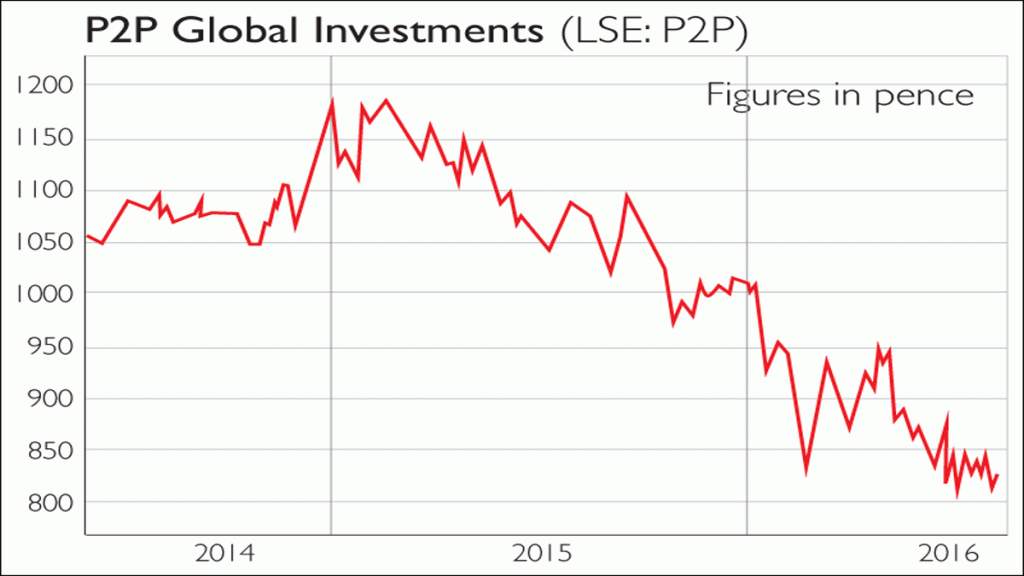
There’s been some concern lately about potential risks in the peer-to-peer (P2P) lending sector if the economy turns down and whether it’s possible to generate a generous-enough income from P2P to justify those risks. Certainly, a close look at recent data from listed funds that invest in the P2P sector reveals a worrying picture. The big funds raised billions from investors by promising returns of between 6% and 8%, but to date they’ve struggled to hit these targets.
Let’s start with the fund that has given the most information so far, VPC Specialty Lending. A few weeks back it released its June net asset value (NAV), which was up by just 0.33% during the second quarter. Looking at slightly longer-term performance, the fund announced a total return of just 1.5% in the first half of 2016, and 7.3% since it listed in March 2015. These NAV returns are well below its target of a 10% total return. However, perhaps more significantly than the returns, the details of the fund’s portfolio suggest that it’s in the process of a subtle shift in strategy.
VPC now appears to be prioritising investment in balance-sheet P2P lenders such as Borro and Avant, rather than marketplace P2P lenders such as Zopa or Lending Club. The distinction here is that marketplace lenders are in effect intermediaries, taking a cut of your money. Balance-sheet lenders lend out their own capital alongside that of investors. Many big institutions prefer balance-sheet lending because they share the risk with the platform (if there are any defaults, they think that the lender will work harder to reduce the damage to investors).
My hunch is that this model is becoming more popular because big investors think we could start to see an increase in defaults in the UK as our economy starts to slow down. If interest rates start to rise in the US, defaults could also increase across the pond.
VPC isn’t the biggest fund in the P2P funds sector – that accolade belongs to the first P2P fund to launch, P2P Global Investments (ultimately owned by hedge fund Marshall Wace). Like VPC, P2PGI’s returns have been a tad underwhelming. It recently put out numbers that showed that during the second quarter of 2016 the fund delivered a total return of 1.08%, with just 0.17% in June. Credit performance for the portfolio was generally satisfactory, but the fund reported that “there are some variations platform by platform”.
One interesting and unexpected drag on returns has come because P2PGI hedges against sharp changes in the value of sterling. Following Brexit, the fund’s manager was forced to hold more cash on its balance sheet “to ensure that any margin calls could be comfortably met”. At the end of June, cash represented 20.4% of the portfolio (35.9% of net assets).
The implication from the results from VPC and P2PGI are twofold. First, big institutional P2P investors are struggling to collect enough income to make their dividend targets. Second, they’re quietly changing the focus of their lending activities to reduce potential risks (and they’re also being forced to hold on to huge cash positions for the same reason).
The outcome is that investors are disappointed and shares in the funds have fallen (P2PGI is down by 13% in the last three months). And this is all before we’ve seen a sharp increase in borrower defaults in their portfolios.
That said, I still see opportunities in this area. Investors may be disappointed now, but I would bet that they will rediscover their interest when they realise that interest rates will remain low not just for years, but for decades. I also think that the online lenders will benefit from a cull of their weaker rivals if defaults rise. The short-term reputational damage for the sector might be painful, but if the stronger lenders can prove their model and boost returns, a robust income of between 5% and 8% per annum is still going to look very attractive.